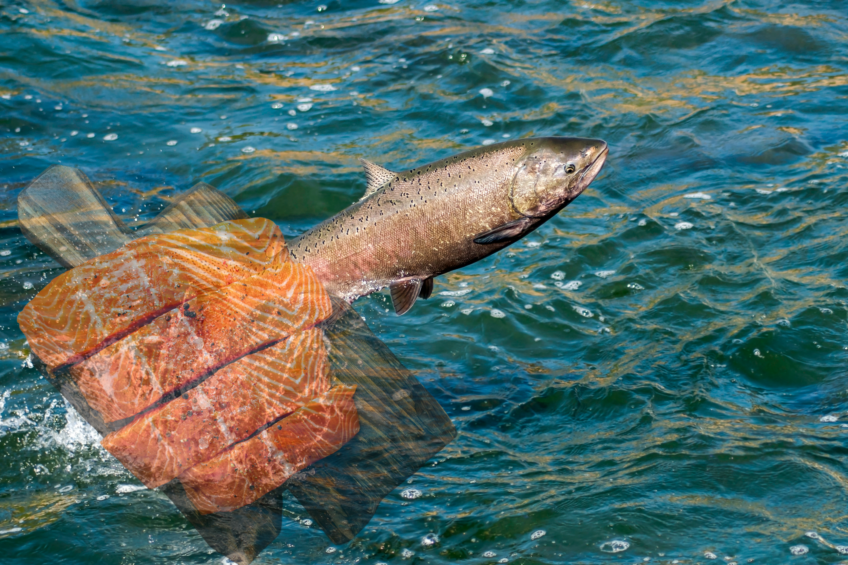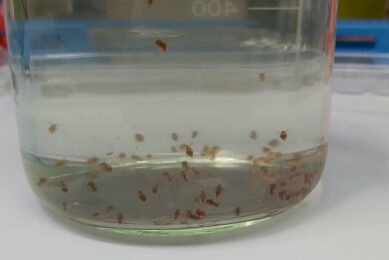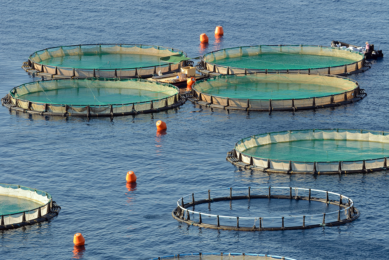Mapping farmed salmon pigmentation

Repeated mechanical delousing has a major impact on salmon fillet colour, according to Norwegian research institute Nofima, which has been mapping the status of salmon pigmentation.
The effect, which has not been documented before, could be caused by several different factors, including due to increased consumption of an antioxidant life astaxanthin when the fish are stressed.
Reduced slaughter weight
However, it could also be that reduced feed intake results in lower slaughter weight, which is of great importance in relation to fillet colour. If fish are slaughtered at a lower weight to avoid more delousing, this will have a further negative effect on colour.
Consumer perceptions on colour
Studies have shown that when it comes to making purchasing decisions about salmon, consumers have said that colour is very important. Consumers perceive that redder salmon equates to fresher, better flavour, higher quality and higher priced products.
The results are based on questionnaires answered by the Norwegian fishing sector, data on fillet colour from commercial productions between 2012 and 2023 and from Nofima’s research and development licences. FHF – Norwegian Seafood Research Fund has funded the study, which has been carried out by senior scientist Trine Ytrestoyl.
“There is a high degree of correlation between what fish farmers report in the questionnaire and what we observe affecting pigmentation in the data analysis, so there is reason to believe it provides a realistic picture of the situation,” said Ytrestoyl.
Data shows: Decrease in colour intensity between 2012-2021
Historical data shows that the colour intensity of Norwegian salmon has decreased between 2012 and 2021, with a slight rise since then. There is more variation in fillet colour now than in the past, which supports thoughts that some fish farmers struggle more with pigmentation than others.
However, not all fish farmers perceive inadequate fillet colour as a problem. Some report a reduction in pigmentation in 2% of slaughtered fish, but others indicate problems with between 20-40%.
Using feed supplements to combat issue
The study found that almost all respondents have taken measures to improve pigmentation, with more astaxanthin in the feed than before (50-70 mg per kg) and others ensuring there are more of the omega-3 fatty acids EPA and DHA as well as vitamins in the feed.
Seasonal variations in pigmentation
There are also seasonal variations in pigmentation, and this can be taken into account when planning salmon production. Very rapid growth results in poorer pigmentation, while the colour increased with greater slaughter weight.
Scientists were surprised by…
What surprised the scientists was the difference in colour at slaughter between suppliers of hatchery fish. They want to investigate this further to determine what impact the hatchery phase has on pigmentation levels when the fish are slaughtered.











